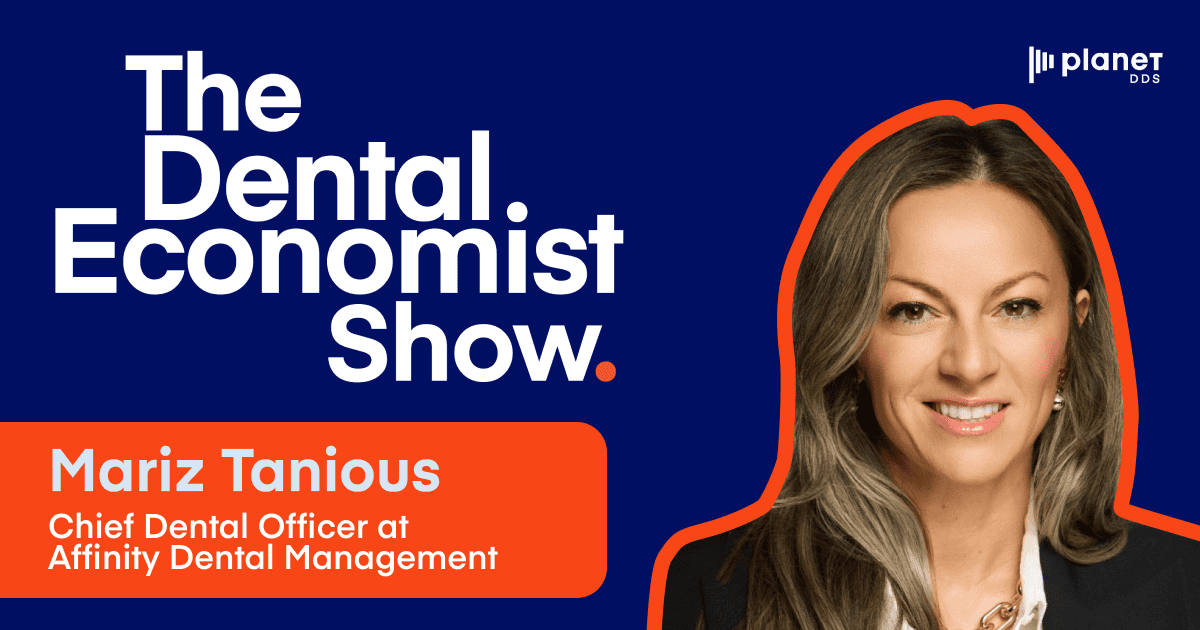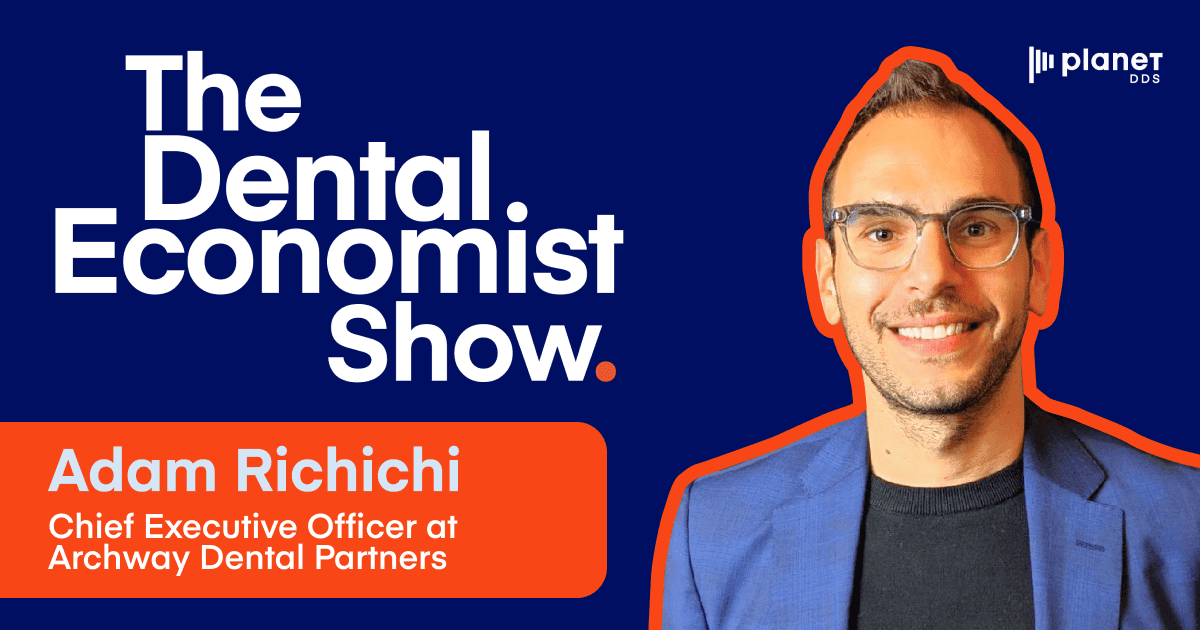How to Successfully Run Medical Billing for Dental Offices: An Interview with Laurie Owens of Devdent

We recently hosted Laurie Owens, the Director of Medical Billing at Devdent for an online webinar. Her discussion about how dentists can run medical billing for dental offices was so impressive that we decided to revisit the topic with her for our blog. Laurie says, “Medical billing for dental procedures isn’t just about maximizing reimbursement for patients; it’s about creating more value for your practice by treating the patient’s whole health.”
Laurie has extensive experience in the dental industry. She worked as a treatment coordinator for a dental clinic for many years. What set her apart was her expertise as a medical biller. Laurie is a Certified Professional Biller (CPB) and holds certification as a Certified Professional Coder (CPC). After the owners of the clinic retired, she joined Devdent, where she now educates dental practices on medical billing while also continuing to bill medical for 6 dental practices.
Laurie says there are several compelling reasons why your practice can benefit from medical billing:
- You decrease the amount the patient owes
- You increase case acceptance
- You create more value for procedures
- You’re treating the whole patient
It’s Not About What Procedure You Do, It’s About Why It Needs to Be Done!
Instead of focusing on what you can bill for, Laurie encourages dental practices to find out “why” the procedure needs to be done. “If you can document medical necessity, even veneers can be a covered service,” explains Laurie.
So, the next question becomes, “how do you prove a medical necessity?” Here, Laurie again encourages practices to focus on the “why?” question. “If a patient comes in and they have one cavity over the last 6 months, that is not medically necessary. But the patient that comes in and in 6 months they have developed six areas of caries and need a crown, there is something going on because that’s not normal,” she explains. “This shouldn’t be happening over a three-to-six-month period. You need to ask them more questions about their health history. Does the patient’s oral condition or dental diagnosis affect their health, like periodontal disease, abscess, or infection? Does it affect their ability to chew and digest properly? Does your patient’s health or their medical affect their oral health? For instance, diabetes, periodontal disease, and oral caries are so directly linked that there is only one diagnosis code.”
For things like third molar extractions and implant placement, Laurie again says, ask why to find medical necessity. Examples to look for include a medication that caused tooth loss. “When you have medication that causes xerostomia and that xerostomia causes caries and the tooth becomes unsalvageable, then that’s a medical condition that caused the tooth loss. There are four reasons a patient will lose a tooth: caries, perio, trauma, or other.” She says, “By asking why, you can get to the bottom of which one applies and increase your chance of acceptance.”
Two Top Conditions to Bill Under Medical
Two of the top major medical conditions that you can bill medical include diabetes and xerostomia. If you are treating diabetic patients in your office, be aware of the strong correlation between diabetes and oral health conditions. For xerostomia, Laurie’s company reminds readers that dry mouth in and of itself isn’t a disease, but it’s a symptom of other underlying conditions. This again underscores the importance of asking why and learning more about the patient’s overall health. Causes of dry mouth include side effects from medications, infectious diseases, and medical treatments. By following Laurie’s advice, your practice can consider wider range of causes to uncover a medical billing opportunity.
Focusing on why the patient has a particular condition and why you need to perform a certain procedure offer a specific treatment helps you uncover the reason and why it is medically necessary, which, in turn, increases the chance of acceptance.
How Billing for Dental Offices Can Save a Life
Laurie notes that by acting as an advocate for patients, you can achieve better clinical outcomes. She encourages transparency with patients about how you plan to bill medical for reimbursement. “You can’t guarantee that the cost will be covered, but you want to let the patient know that you are going to be their advocate for getting a reimbursement.”
In one example, Laurie shared how submitting a medical claim on behalf of a patient saved a patient’s life. In that case, the hygienist was using VELscope, which is a non-invasive, oral assessment system that helps clinicians visualize oral abnormalities such as oral cancer, beyond what’s visible to the naked eye.
“Our hygienist used VELscope because something didn’t look right. She wasn’t sure, but she wanted to screen the patient for oral cancer with VELscope. She ended up finding an ameloblastoma at 2mm. They performed an oral cancer screening, and the doctor recommended that the patient immediately have surgery to have it removed.” She emphasized how important it was that the hygienist was looking out for his whole health and how the VELscope caught the oral cancer early. “They performed surgery on the mandible, removed the 2mm blastoma, and left space for one implant. That patient is now a patient for life because he knew we were looking at for his whole health.”
Listing a Condition to Increase Acceptance
Laurie underscored the importance of listing a condition when billing to medical to increase your chances of acceptance. “Could you bill medical insurance without a condition? Yes, but would you want to hang your hat on the entire screening or procedure and say it was necessary without listing a condition? No.”
“If you are screening them for a medical condition like diabetes, then you absolutely will want to list the condition.” To uncover conditions, Laurie says you have to ask the right questions. “If a patient has TMD, ask them how it’s affecting them? When did it start? For oral appliances and occlusal guards, see if you can find out about the patient’s sleep and sleep-related bruxism.”
She also referenced an ADA policy statement about the role of dentistry in sleep-related breathing disorders. “It’s very important for dentists to know that the ADA supports the role of dentists in treating disorders like obstructive sleep apnea,” said Laurie.
The statement Laurie referenced was adopted in 2017 and outlined the role of dentists in treating sleep-related breathing disorders. In that statement, the ADA encourages dentists to screen patients for sleep-related breathing disorders as part of a comprehensive medical and dental history and evaluate factors such as obesity or hypertension and, if needed, refer patients to appropriate physicians for proper diagnosis. If a physician prescribes oral appliance therapy, the dentist should evaluate the patient and, if appropriate, fabricate an oral appliance.
Laurie echoed, “To fabricate the oral appliance, you have to have the diagnosis from a certified sleep specialist in your state. You have to have a sleep test and an interpretation thereof. You also need the prescription for the oral appliance.” Working in conjunction with a physician who can diagnose the sleep-related breathing disorder helps you list appropriate conditions to increase you chance of acceptance.
First Steps: Credentials for Medical Billing
If your office wants to get started in medical billing, Laurie recommends getting credentialed first.
“Number one, I always tell people you need to be registered in CAQH. You can go to the ADA website, and even if you’re not an ADA member, the dentist will have an ADA number you can use to start the process,” recommends Laurie. For more information about the credentialing process, visit this ADA page and review their checklist.
You can also learn more about Laurie and the services that her company, Devdent, offers to dentists here.
To learn about our practice management solution, Denticon or our imaging software, Apteryx XVWeb, contact us for a demo today!



